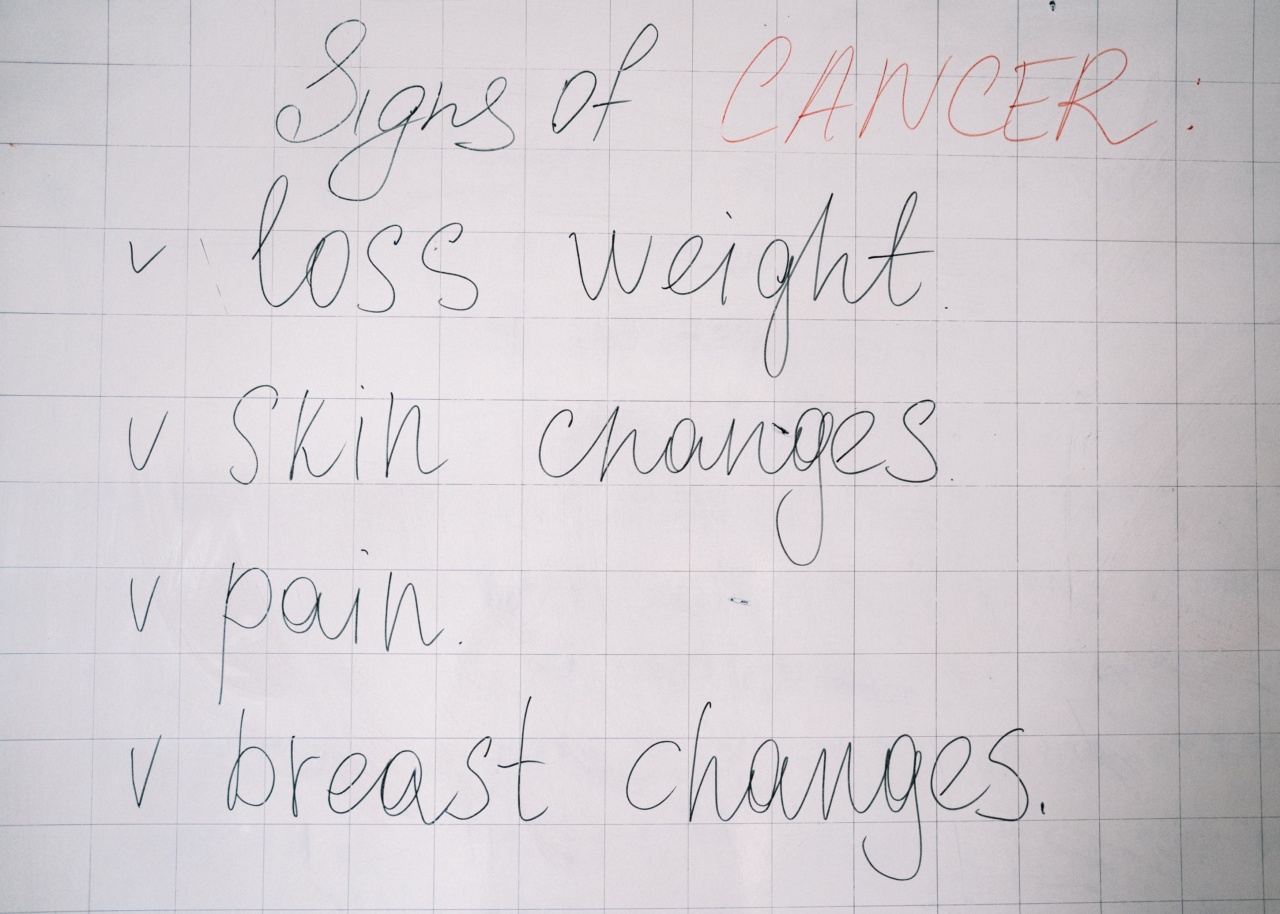Bile power cancer, also known as cholangiocarcinoma, is a rare and aggressive form of cancer that originates in the bile ducts.
The bile ducts are thin tubes that carry bile, a digestive fluid produced by the liver, from the liver to the small intestine. When cancer cells develop in the bile ducts, it can obstruct the flow of bile, leading to a variety of symptoms and complications.
Causes and Risk Factors
The exact cause of bile duct cancer is still unknown, but several risk factors have been identified. These include:.
- Prolonged inflammation of the bile ducts, often caused by conditions like primary sclerosing cholangitis (PSC) or biliary stones
- Bile duct abnormalities or congenital conditions
- Chronic liver diseases, such as hepatitis B or C, cirrhosis, or non-alcoholic fatty liver disease
- Exposure to certain chemicals or toxins
- Older age, as the risk increases with age
- Family history of bile duct cancer or other liver diseases
Signs and Symptoms
The symptoms of bile duct cancer may vary depending on the location and stage of the tumor. Early-stage bile duct cancer often does not cause noticeable symptoms, making it difficult to detect.
However, as the cancer progresses, the following signs and symptoms may occur:.
1. Jaundice
One of the most common symptoms of bile duct cancer is jaundice. Jaundice causes yellowing of the skin and eyes due to an accumulation of bilirubin, a yellow pigment produced when red blood cells are broken down.
When the bile duct is obstructed by a tumor, bilirubin cannot be properly eliminated from the body, resulting in jaundice.
2. Abdominal Pain
Abdominal pain, particularly in the upper right side, may occur as the tumor grows and presses against surrounding organs and tissues. The pain can be dull, constant, or intermittent and may worsen after eating.
3. Unexplained Weight Loss
Unintentional weight loss can be a sign of various underlying health conditions, including bile duct cancer. Cancer cells can disrupt the metabolism and cause a loss of appetite, leading to weight loss.
4. Itchy Skin
When bile flow is obstructed, bile acids can accumulate in the skin, causing itchiness. This symptom is referred to as pruritus and can be persistent and challenging to relieve.
5. Pale Stools and Dark Urine
A blockage in the bile ducts can affect the color of stools and urine. Stools may become pale or clay-colored, while urine may darken due to excess bilirubin not being properly processed and eliminated.
6. Abdominal Swelling
As the cancer advances and tumors grow larger, fluid can accumulate in the abdomen, leading to abdominal swelling and discomfort.
7. Fatigue and Weakness
Bile duct cancer can cause fatigue and weakness due to a combination of cancer-related factors such as nutrient deficiencies, anemia, and the body’s immune response to fighting the cancer cells.
8. Nausea and Vomiting
Obstruction of the bile ducts can affect the digestive system, leading to symptoms such as nausea and vomiting. If the tumor blocks the small intestine, it can cause a complete loss of appetite.
9. Fever and Chills
In some cases, bile duct cancer can cause infection within the bile ducts, leading to symptoms of fever and chills.
10. Back Pain
As the cancer spreads to nearby organs like the liver or spine, it can cause back pain or discomfort.
Seeking Medical Attention
If you experience any of the signs and symptoms mentioned above, it is important to consult a healthcare professional for a proper evaluation and diagnosis.
Early detection plays a crucial role in the successful treatment and management of bile duct cancer.
Conclusion
Bile duct cancer is a challenging disease with varied signs and symptoms. It is essential to understand and recognize these symptoms to ensure early detection and timely treatment.
If you notice any persistent or concerning symptoms, do not hesitate to seek medical attention.



























